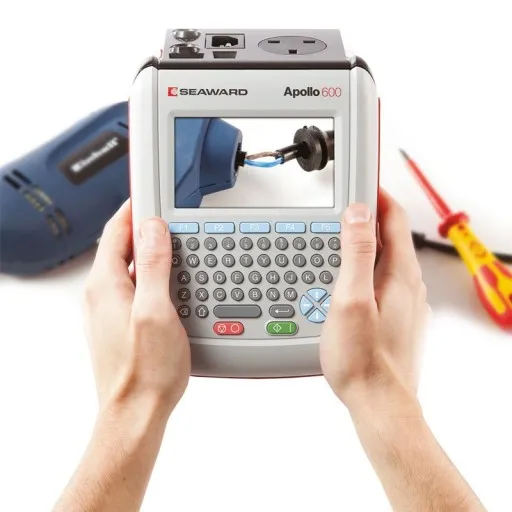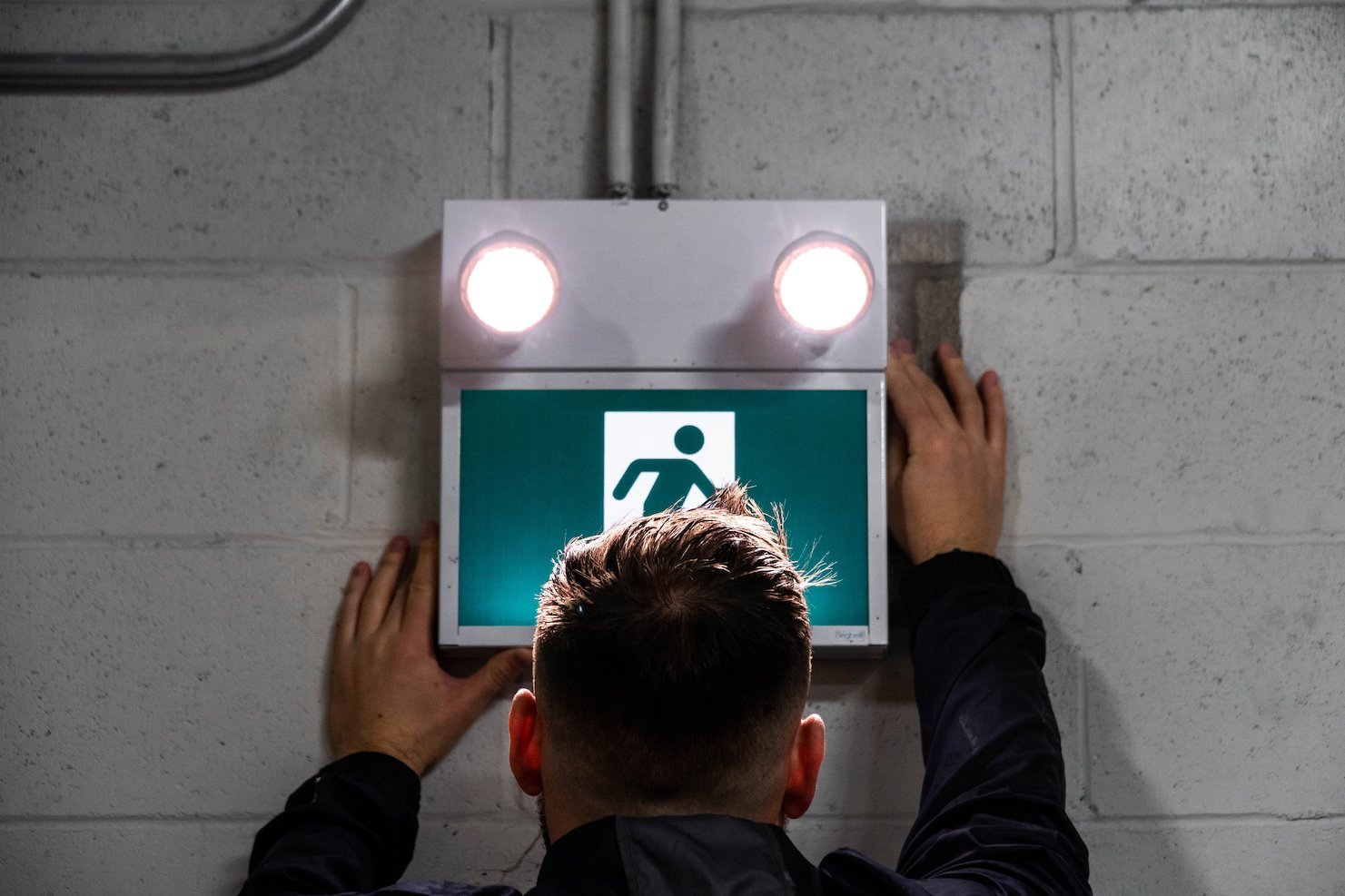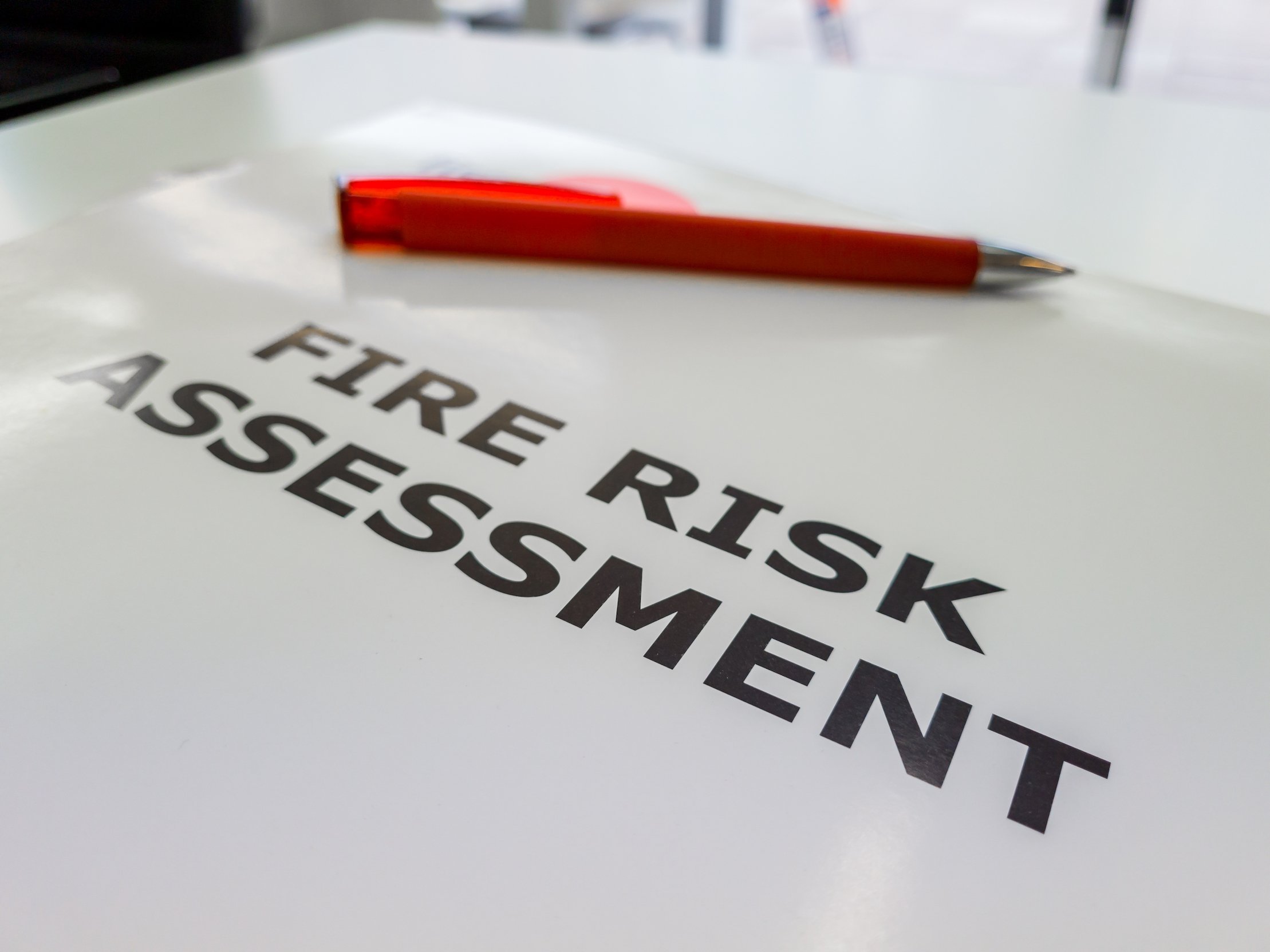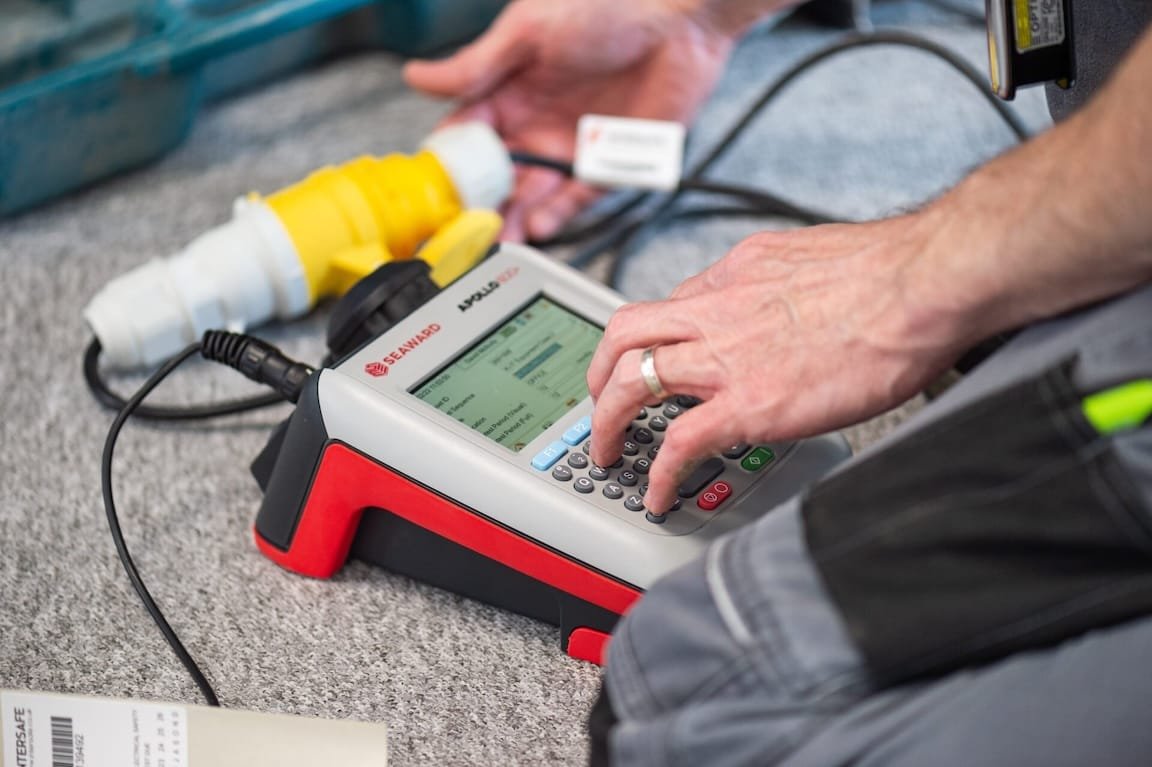PAT Testing
(Portable Appliance Testing)
Get PAT Testing Done and Be Compliant In 4 Easy Steps:
Book PAT testing service online for your preferred day/time of the week by completing the online form
We will reply with our next available slots on your preferred day/time of the week
Our qualified PAT testing technician will arrive at your business/home and perform necessary tests on all your electrical appliances that need testing.
You receive your PAT Test certificate in PDF format via email and all appliances will be labelled appropriately with ‘Passed’ or ‘Failed’.
PAT Testing Prices
£0.99p+vat Per test
(Minimum Spend £99.00+vat)
We are committed to providing clear pricing to our customers. We believe that transparency is key to building trust and credibility with our clients. We always clearly state the price of our goods or services, as well as any additional fees or taxes that may apply
What’s Included?
Travel to and from your home/business
Testing your items and stickers for all passed/failed items
Small repairs if required to pass the test
New plugs/fuses if required to pass the test
Certification sent in PDF format
What is PAT Testing (Portable appliance testing)
PAT testing is a vital process that ensures the safety of electrical appliances and equipment in various settings, including homes, offices, and industrial settings. These tests are carried out by qualified professionals who use specialized equipment to check for any potential electrical hazards. The goal of PAT testing is to prevent electrical fires, shocks, and other accidents, thus ensuring the safety of users.
Regular PAT testing is essential for businesses and organizations, as it helps to comply with health and safety regulations and insurance requirements. Landlords are also legally obliged to ensure that all electrical appliances in their rental properties are safe for tenants to use. Employers are also required to ensure that all electrical equipment in the workplace is safe to use, to protect their employees from potential hazards.
PAT testing typically involves a visual inspection of the equipment, followed by an electrical test using specialized equipment. The tests check for various safety issues such as proper insulation, correct earthing, and correct fuse ratings. The professional performing the test will also check for any damage or wear and tear that could pose a risk. If any issues are found, the equipment will be labelled as "failed" and will need to be repaired or replaced before it can be used again.
It is recommended that most appliances are tested at least once a year, although certain types of equipment may need to be tested more frequently, depending on the level of use and the type of environment it is used in.
In summary, PAT testing is a crucial process that ensures the safety of electrical appliances and equipment, helping to prevent accidents and comply with legal requirements. Regular testing by qualified professionals is essential to ensure the continued safety of users.
Stay Protected, Stay Compliant: Experts in Electrical Testing
and Fire Protection Services
Why choose us for PAT testing your equipment?
Highly experienced and qualified team of engineers:
We have a team of engineers who are highly experienced and qualified in carrying out PAT testing services. They undergo regular training to keep up with the latest industry standards and regulations to ensure they provide the best possible service.
Accredited and fully insured company:
An accredited and fully insured company means that you can trust their services to be of high quality and in compliance with relevant regulations. You can have peace of mind knowing that they are insured in case of any unforeseen events.
Affordable pricing with no hidden costs or charges:
We offer affordable pricing for their services, with no hidden costs or charges. They provide transparent pricing and quotes, so you know exactly what you are paying for.
Comprehensive testing and reporting to ensure compliance with safety regulations:
We provide comprehensive testing services to ensure that your appliances are in compliance with safety regulations. They also provide detailed reports on their findings, so you know exactly what needs to be done to comply with regulations.
Use of the latest testing equipment to provide accurate results:
We use the latest testing equipment to provide accurate results. They invest in their equipment to ensure they can provide the best possible service.
A range of additional services are available:
We offer a range of additional services, including microwave testing, fire alarm servicing, fire extinguisher servicing and fire risk assessments. This means that they can be your one-stop shop for all your compliance testing needs.
Excellent customer service with a dedicated account manager to provide ongoing support:
We provide excellent customer service, with a dedicated account manager to provide ongoing support. They are responsive to customer queries and concerns and aim to provide the best possible service.
Trusted by businesses of all sizes across various industries:
Trusted by businesses of all sizes across various industries. They have a proven track record of providing high-quality services to their customers.
A commitment to sustainability with a focus on reducing waste and minimizing environmental impact:
We are committed to sustainability and focus on reducing waste and minimizing environmental impact. They aim to operate in an environmentally responsible way, which can also benefit your business's reputation.
PAT Testing FAQs
How often should PAT testing be done at my business?
It is recommended that PAT testing be done at least once a year for appliances that are used frequently or in hazardous environments, such as construction sites or factories. For appliances that are used less frequently, such as in a home or small office, testing every two to three years may be sufficient.
What is PAT testing?
PAT (Portable Appliance Testing) testing is a process that involves the examination and evaluation of electrical appliances to ensure that they are safe for use. This includes checking for any visible damage, ensuring that the appliance is properly grounded, and measuring the insulation resistance and earth continuity to ensure that the appliance is functioning within safe limits.
What is included in a PAT test?
A PAT test typically includes a visual inspection of the appliance, an earth continuity test, an insulation resistance test, and a polarity check.
Who can perform PAT testing?
PAT testing can be performed by qualified electricians or PAT testers who have been trained and certified in the process.
What happens if an appliance fails a PAT test?
If an appliance fails a PAT test, it should be taken out of service immediately and repaired or replaced. The appliance should not be used until it has been repaired or replaced and has passed a PAT test.
Are there any specific regulations that govern PAT testing?
In the UK, the main regulation governing PAT testing is the Health and Safety at Work Act 1974, which requires employers to ensure that equipment used in the workplace is safe and well-maintained. In addition, the Electricity at Work Regulations 1989 require that any electrical equipment that has the potential to cause injury be maintained in a safe condition.
Services We Provide
-

Portable Appliance Testing (PAT Testing)
We provide PAT testing, which is a process of regularly inspecting and testing electrical appliances to ensure their safety for use in various settings.
-

Fire Alarm Service & Maintenance
We provide fire alarm servicing & maintenance in buildings to ensure their proper functioning and prompt detection of any potential fire hazards.
-

Fire Extinguisher Service
Fire extinguisher servicing to ensure that they are in proper working order and capable of effectively extinguishing fires when needed.
-

Emergency Lighting Test & Maintenance
Emergency light testing is the inspection and testing of emergency lighting to ensure that they will be functioning in the event of an emergency.
-

Fire Risk Assessments
We carry out Fire risk assessments to identify potential fire hazards in your building and recommend appropriate measures to minimize the risk of fire.


